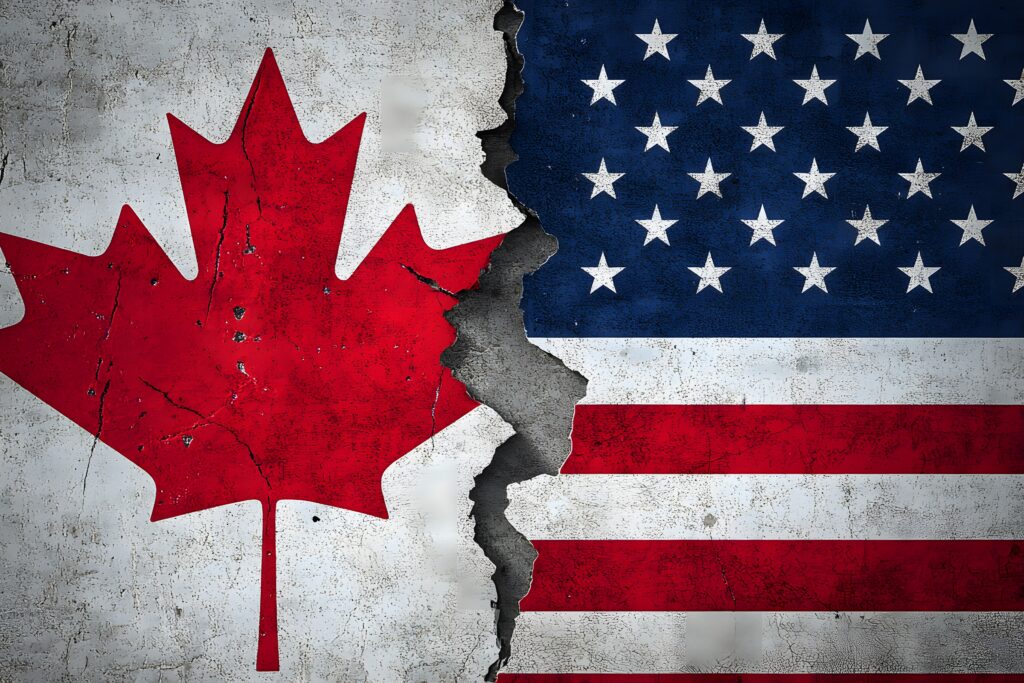
Canada’s federal election delivered a win for Prime Minister Mark Carney and the Liberal Party, which secured 169 seats, just shy of the 172 needed to form a majority government. The results mean the Liberals will need to form a coalition to advance legislation, but the outcome marks a significant political turnaround for the party after trailing the Conservatives by double digits earlier this year.
The Conservatives won 144 seats, while the Bloc Québécois took 22, the New Democratic Party secured seven, and the Green Party held onto one. The Liberals captured 43.7 percent of the popular vote, compared to the Conservatives’ 41.3 percent.
Canada’s political environment shifted dramatically in recent months. Conservative leader Pierre Poilievre had built a strong lead as public frustration mounted over housing costs, inflation, and immigration. Prime Minister Justin Trudeau’s approval ratings collapsed, leading to his resignation in January. At the time, Poilievre appeared poised to become Canada’s next prime minister.
But the landscape changed following the U.S. election. Upon returning to the White House, President Donald Trump, angered by trade deficits, launched an initial wave of tariffs against Canada and Mexico, followed by broader global tariffs.
Trump’s combative stance toward Ottawa, including mocking Trudeau as “Governor” and joking about annexing Canada as the 51st state, triggered a surge of Canadian nationalism. U.S. products were pulled from some Canadian stores, and cross-border tourism declined. In response, Carney, a former central banker with no prior political experience, positioned himself as a calm, capable leader willing to stand up to U.S. pressure. Meanwhile, Poilievre’s populist message lost traction with some voters unsettled by increased tension with the U.S. In fact, Poilievre ultimately lost his own seat in Parliament, highlighting the rapid political shift.
Carney’s opposition to Trump’s policies may have helped galvanize support for the Liberals in the short-term, but the economic pressures that led to Trudeau’s downfall persist and must still be addressed by the new minority government.
National Security in Focus
One of the first major tests for the Carney government could come in the area of national security. In March, Carney called for a review of Canada’s planned purchase of F-35 fighter jets in response to escalating U.S. trade measures. As of mid-April, the Department of National Defence had not begun the review.
The Royal Canadian Air Force has long sought the F-35 to replace its CF-18 Hornets, and canceling the order could diminish the service’s operational capabilities. Nonetheless, the review could become a bargaining tool or a diplomatic flashpoint in Ottawa’s evolving relationship with Washington.
Arctic sovereignty is also expected to remain a priority under Carney. With melting sea ice opening new shipping routes, protecting Canada’s northern waterways will be increasingly critical.
Despite political friction, military cooperation between the United States and Canada has held firm through the North American Aerospace Defense Command, or NORAD. Canada continues to invest in NORAD modernization, including new early warning radar systems in the Arctic region. Additional opportunities for cooperation may also emerge under Trump’s proposed “Golden Dome” missile defense initiative, where Canada could contribute through advanced sensor technologies.
Still, tensions between the two governments increase the risk of broader fallout. Any deterioration in the close defense relationship would be a strategic setback for both countries.
Join Forecast International at the Paris Air Show to gain valuable insight into the evolving dynamics of the global defense market. Traditionally regarded as insulated from broader economic fluctuations, the defense sector is now increasingly impacted by global economic forces. Tariffs, trade disputes, and rising economic nationalism are introducing new complexities that affect the stability, cost-efficiency, and resilience of critical defense programs. Visit us at Hall 3, Booth C164 to learn how our expert analysis can strengthen your planning and elevate your strategy.
Schedule a time to meet with us in Paris.
Shaun's deep-rooted interest in military equipment continues in his role as a senior defense analyst with a focus on the United States. He played an integral role in the development of Forecast International's U.S. Defense Budget Forecast, an interactive online product that tracks Pentagon acquisition programs throughout the congressional budget process. As editor of International Military Markets – North America, Shaun has cultivated a deep understanding of the vast defense markets in the United States and Canada. He is a regular contributor to Forecast International's Defense & Security Monitor blog and has co-authored white papers on global defense spending and various military programs.





